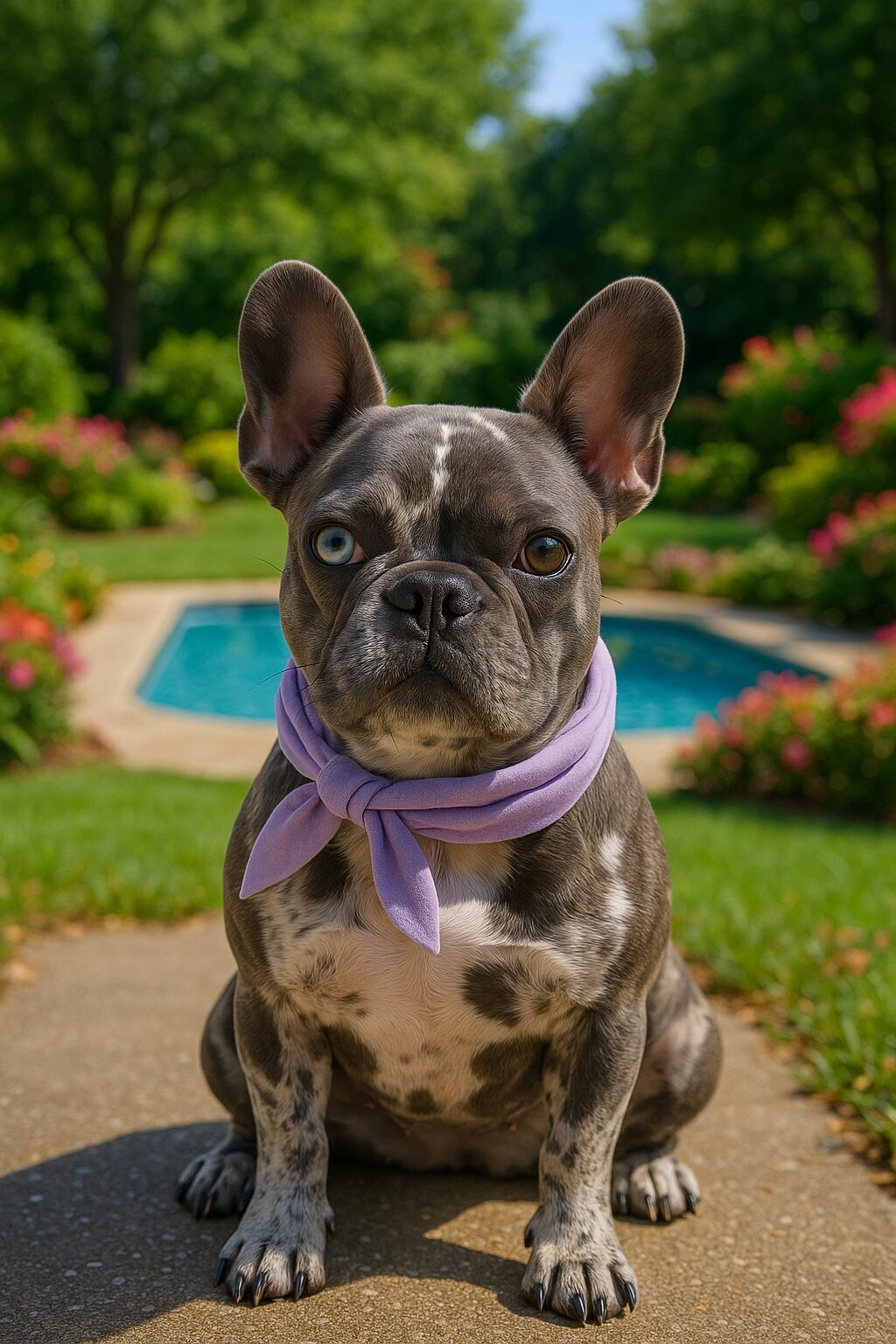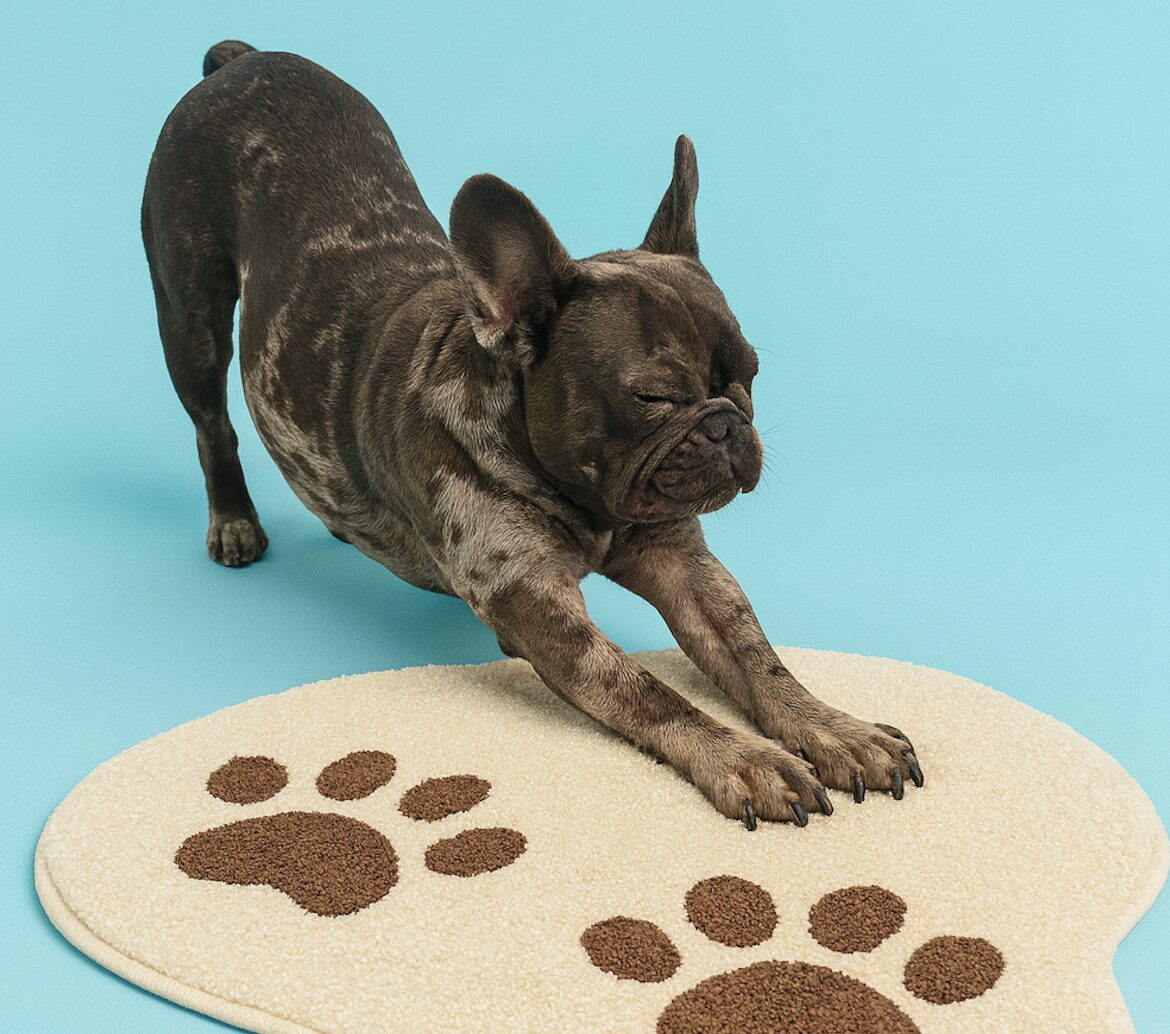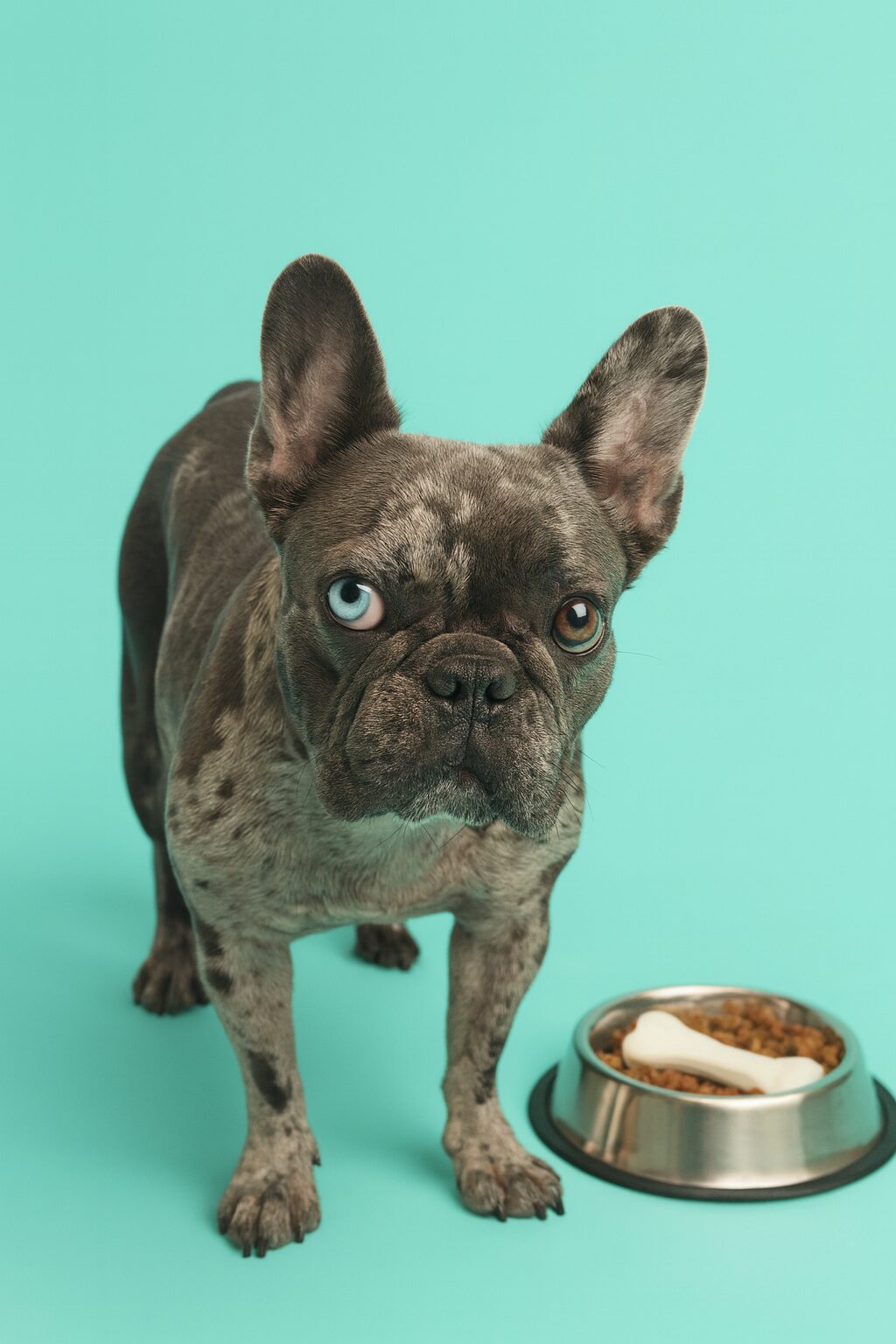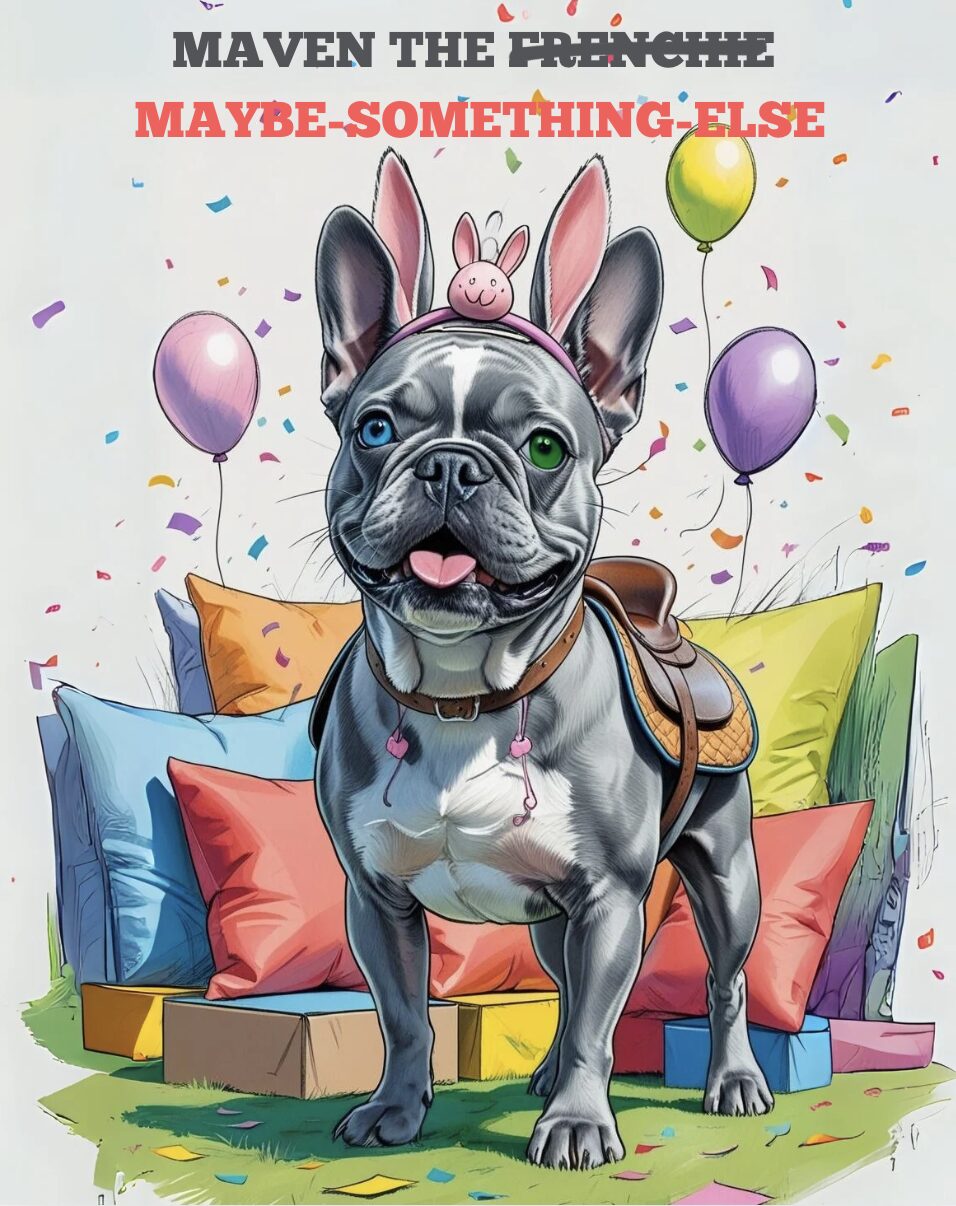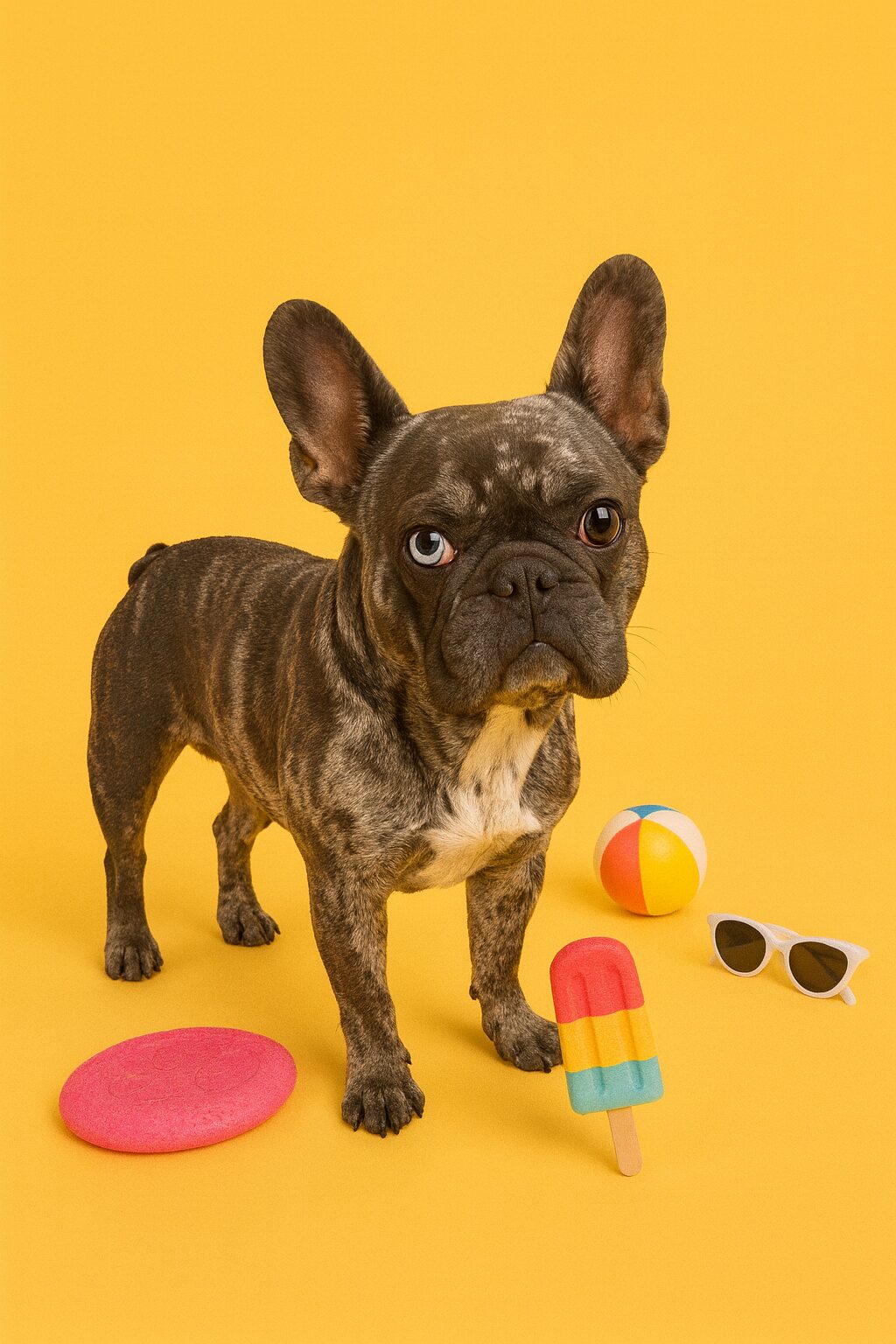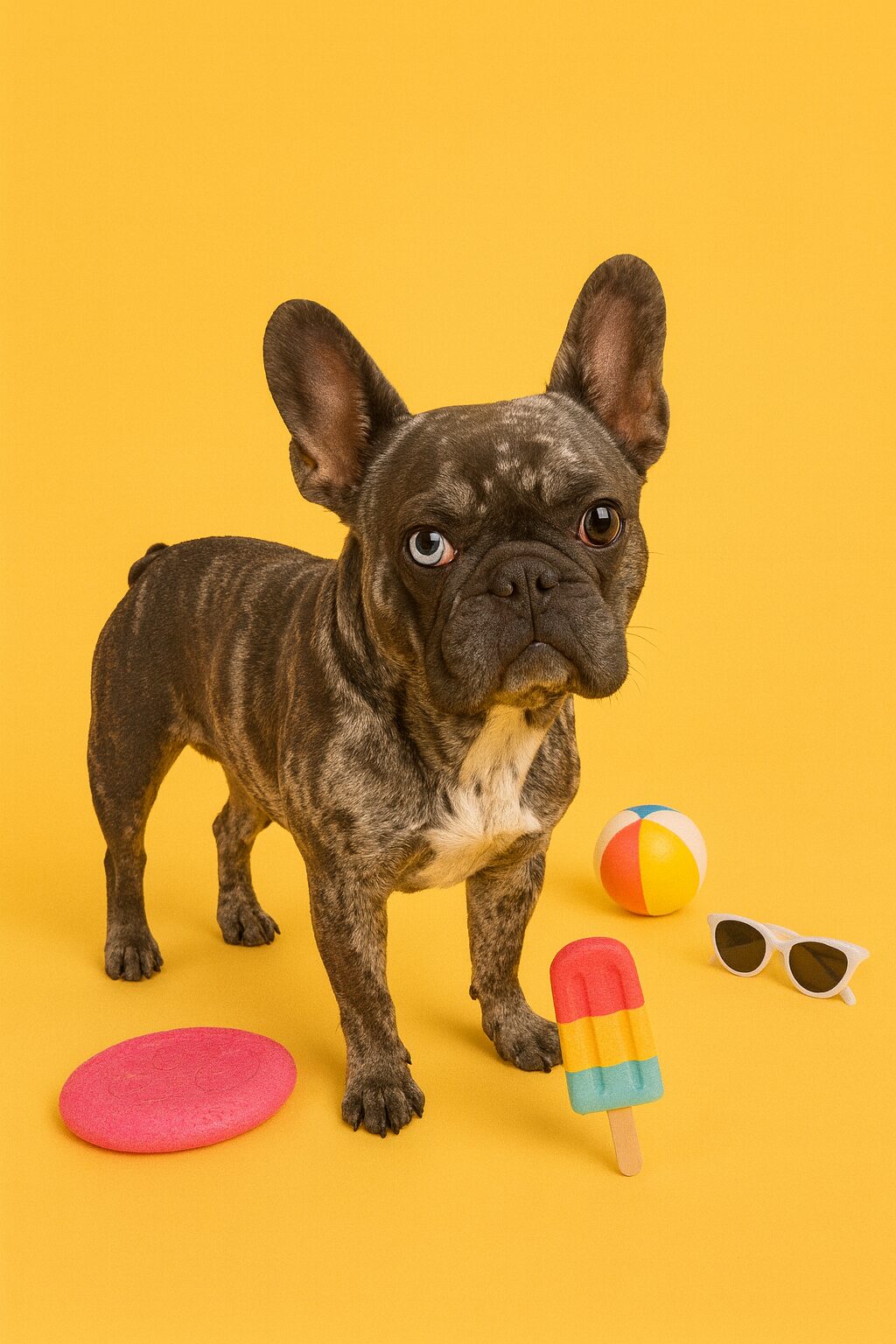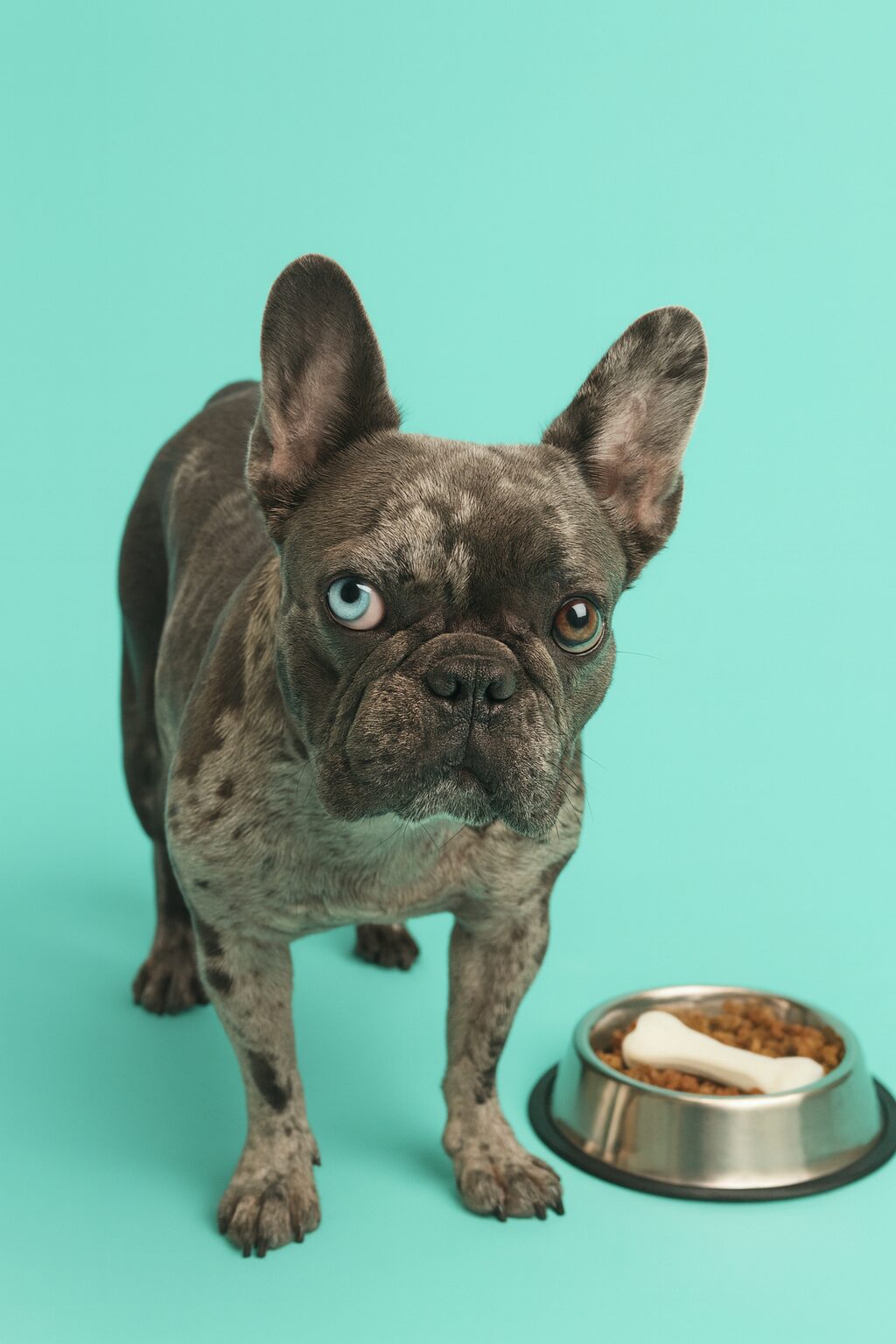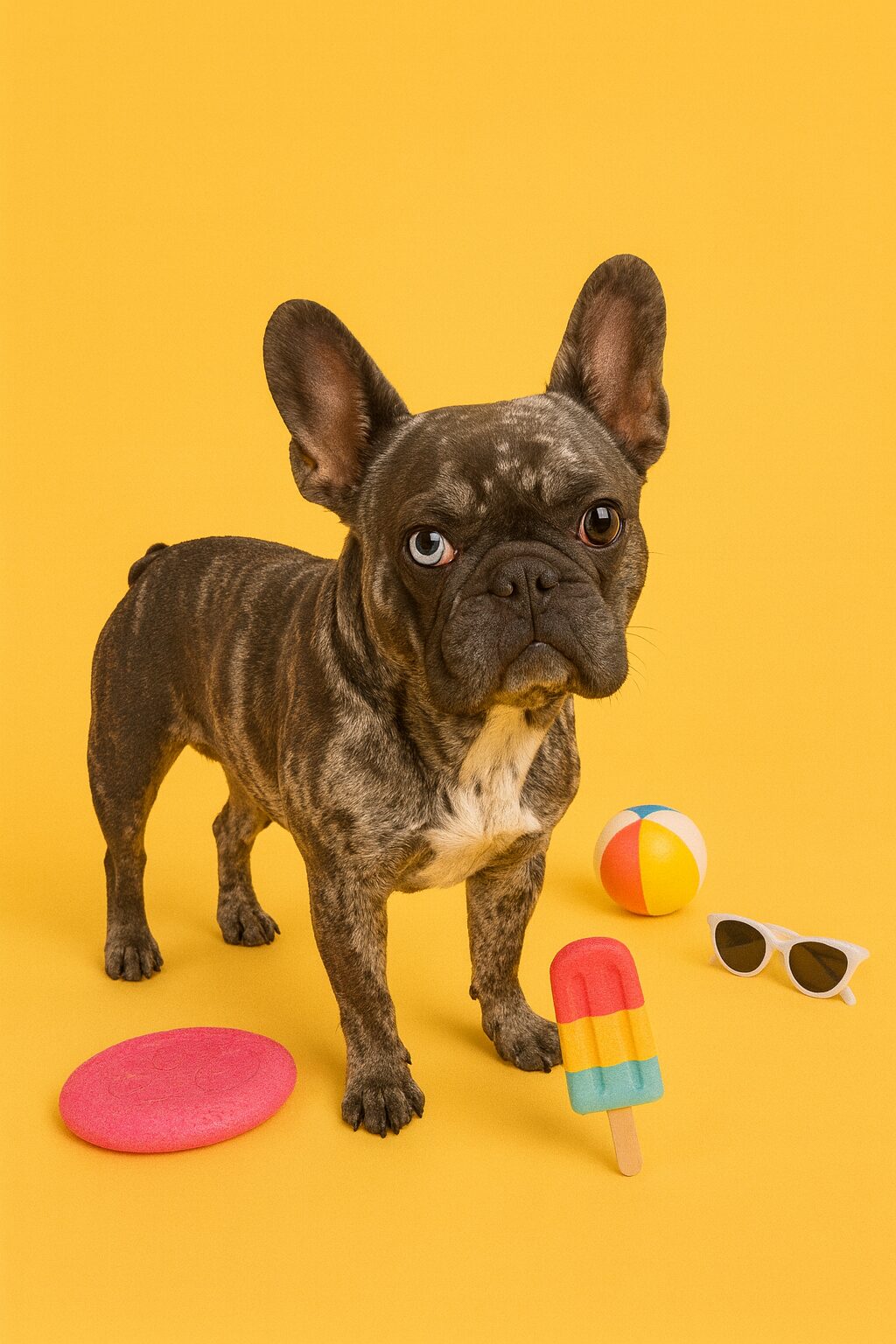Maven once acted like I had enlisted in the military every time I dared to leave the front door 🤭. One jingle of the car keys and she’d fling herself across the couch like a fuzzy, flat-faced stage actor screaming, “don’t go toward the light!”.
If your French Bulldog spirals into chaos the moment you step out, breathe — separation anxiety is common in this velcro-breed. Fortunately, there are ways to ease their panic and help them become more independent (so you can finally pee alone again).
Build Calm At Home With Confidence Training
Tiny steps = big breakthroughs. Start prepping your Frenchie before ever leaving the house.
🐕🦺 Try independence games indoors:
- 🐶 Teach “Place”: Send them to a comfy bed across the room and reward for staying put.
- 😏 Practice sit-stays with distance: Slowly back away 2–3 feet, return, treat, repeat.
- ⏱️ Work up from 3 seconds to 3 minutes… and beyond
These little “micro-moments” teach your Frenchie that being physically apart doesn’t equal emotional abandonment.
Create a Leaving Ritual (That’s Actually Boring)
Dogs pick up patterns fast. Therefore, make your exit feel like no big deal.
- 🤭 Ignore them 10 minutes before leaving
- 💌 Skip dramatic goodbyes (Sorry babe, no forehead kisses before daycare)
- ⏱️ Leave for 2 minutes → return calmly → repeat 5–6x daily
As a result, your Frenchie starts to think: “Oh… this again? Yawn.”
Trigger-proof With Desensitization Exercises
For example, if your dog panics when you pick up keys or put on shoes — practice those actions without actually leaving.
- 🔑 Jingle keys → sit back down
- 👟 Put on shoes → walk to kitchen instead of door
- 👜 Grab purse → watch Netflix
This breaks the mental association between “mom touched keys” = “the world is ending.”
Create a Comfort Zone They Love
While you’re gone, make their environment happier than a dog-treat factory. Use:
- 🐾 A cozy crate or playpen (if they see it as positive)
- 📺 White noise or calming music
- 🐿️ Food puzzles & long-lasting chews to keep their brain busy
- ❤️ Your worn T-shirt for familiar scent reassurance
Maven likes to nap on my least sexy pajamas when I’m gone — apparently they smell like love and yesterday’s coffee 😂
Use Strategic Time-Fillers To Rewire Their Brain
Try leaving immediately after a walk or play session so they’re tired and more relaxed. In addition, rotate enrichment toys so they stay curious vs. anxious.
🎾 Examples:
- Stuffed KONG with frozen goat cheese
- Snuffle mat with hidden treats
- Lick-mat smeared with pumpkin or kefir
Keep departures short at first — 5, 10, 15 minutes — and gradually stretch to multi-hour calm zones.
Try Calming Tools (While Training)
These shouldn’t replace behavioral work, but they can make the process smoother.
🩺 Options worth testing:
- 🪷 Pheromone diffusers or sprays (Adaptil)
- 🌿 Natural calming chews or chamomile treats
- 💊 Vet-prescribed anti-anxiety meds (for severe cases only)
Always chat with your vet before giving supplements — Frenchies can be dramatic, but their respiratory system is even more sensitive.
Hire A “Stay-Home Buddy” (Temporarily)
For dogs with extreme panic, consider:
- 🐕🦺 Doggy daycare twice a week
- 👶🏻 Pet-sitter for early stages
- 🧍🏽 Family/friend drop-ins during your training window
Eventually, your pup learns “mom always comes back” — which rewires the entire fear center of their brain.
Celebrate Progress Like You Won A Grammy
French Bulldogs are smart little clowns. Therefore — when they stay calm for a short leave, throw a TINY party 🎉
✅ Return calmly → wait a beat → then calmly give a treat, praise, and go about your business.
❌ Do not accidentally throw an emotional reunion parade (that tells them they were “right to panic”).
Wrap-Up: Independence Is A Skill, Not Personality Trait
There was a time Maven couldn’t handle me taking out the trash without spiraling into a squalls of betrayal. However, through tiny confidence-building steps, calm exits, and consistency — she now naps through my entire gym session like a retired grandma.
Your French Bulldog can learn this too. Even clingy, wrinkle-folded drama queens deserve to feel safe, secure, and confident on their own 🐶❤️
Keep practicing, stay patient, and remember: you leaving the house doesn’t have to feel like the end of their world — sometimes it’s just the beginning of their nap time.
🐾 Meet Maven: A Book Full of Snorts, Sass, and Heart
Maven the Maybe-Something-Else is a heartwarming and hilarious picture book that celebrates identity, imagination, and the weirdly wonderful ways our pets show us who they really are. Inspired by the true story of a little Frenchie with a big personality, this story helps kids learn to love themselves — quirks and all.
